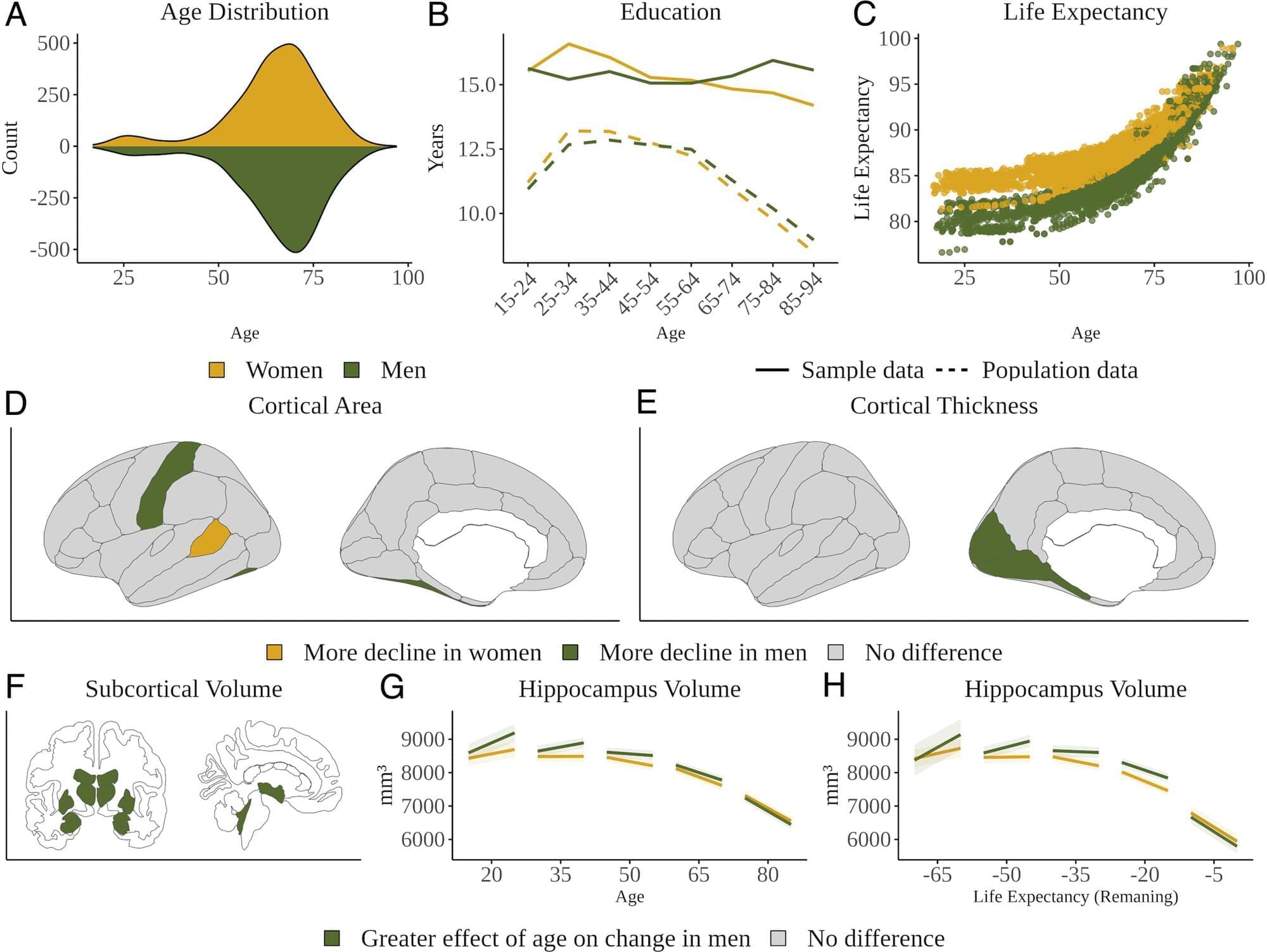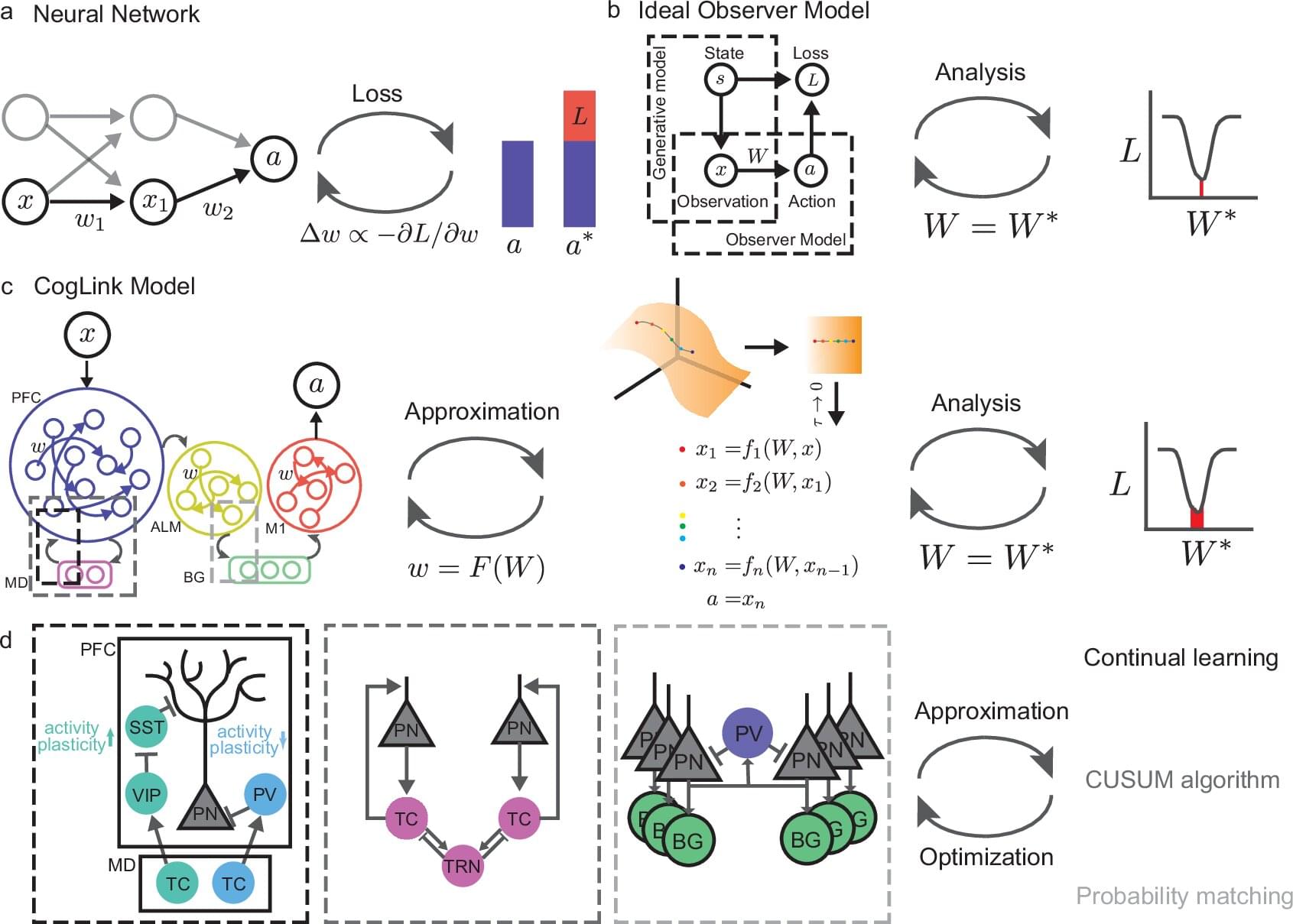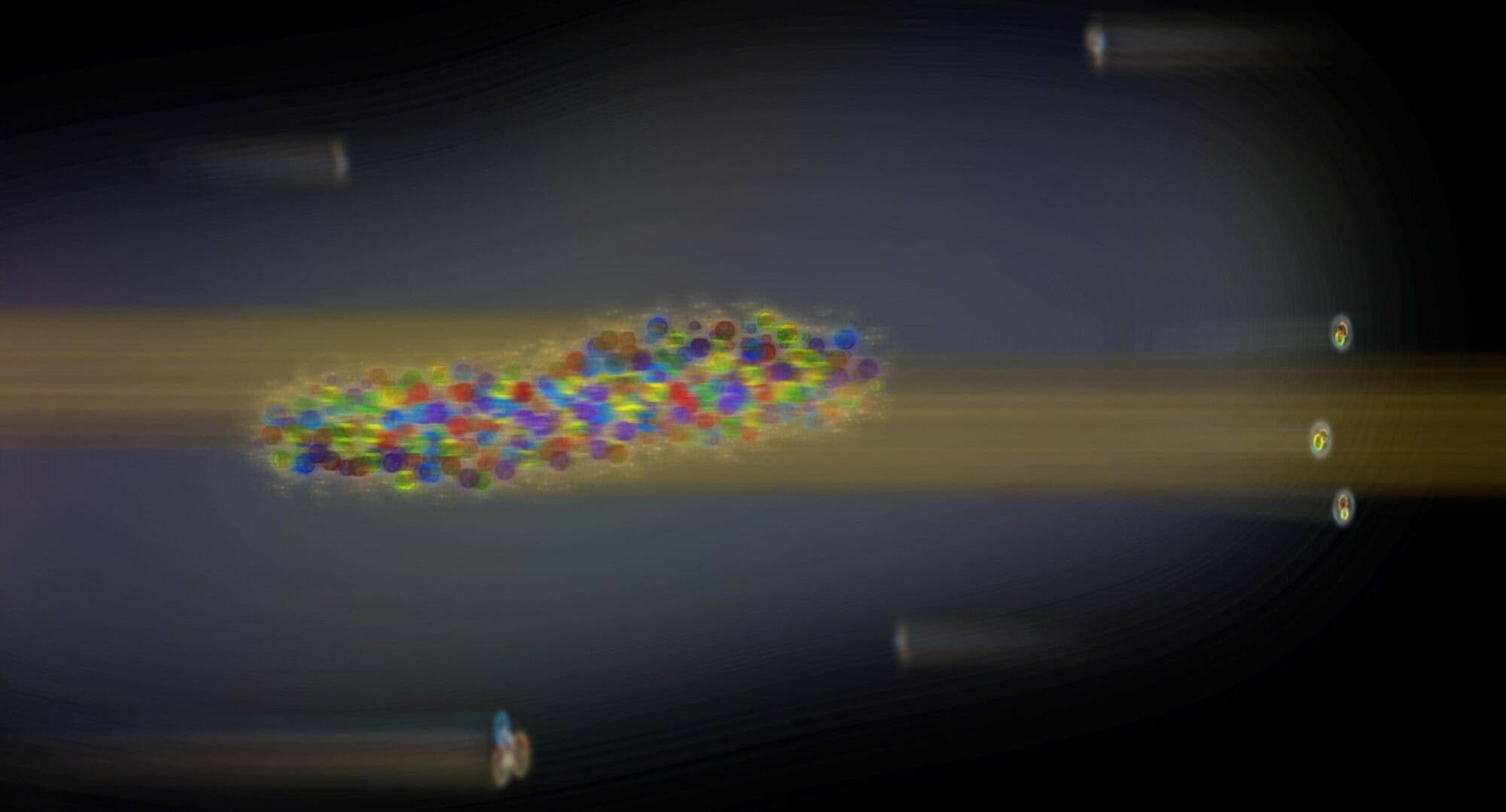Women are far more likely than men to end up with Alzheimer’s disease (AD). This may, at least partially, be due to women’s longer average lifespans, but many scientists think there is probably more to the story. It would be easy to surmise that the increased risk is also related to differences in the way men’s and women’s brains change as they age. However, the research thus far has been unclear, as results across different brain regions and methods have been inconsistent.
Now, a new study, published in Proceedings of the National Academy of Sciences, indicates that it’s men who experience greater decline in more regions of the brain as they age. Researchers involved in the study analyzed 12,638 brain MRIs from 4,726 cognitively healthy participants (at least two scans per person) from the ages of 17–95 to find how age-related changes occurred and whether they differed between men and women.
The results showed that men experienced declines in cortical thickness and surface area in many regions of the brain and a decline in subcortical structures in older age. Meanwhile, women showed greater decline only in a few regions and more ventricular expansion in older adults. So, while differences in brain aging between the sexes are apparent, the cause of increased AD prevalence in women is still a bit mysterious.









